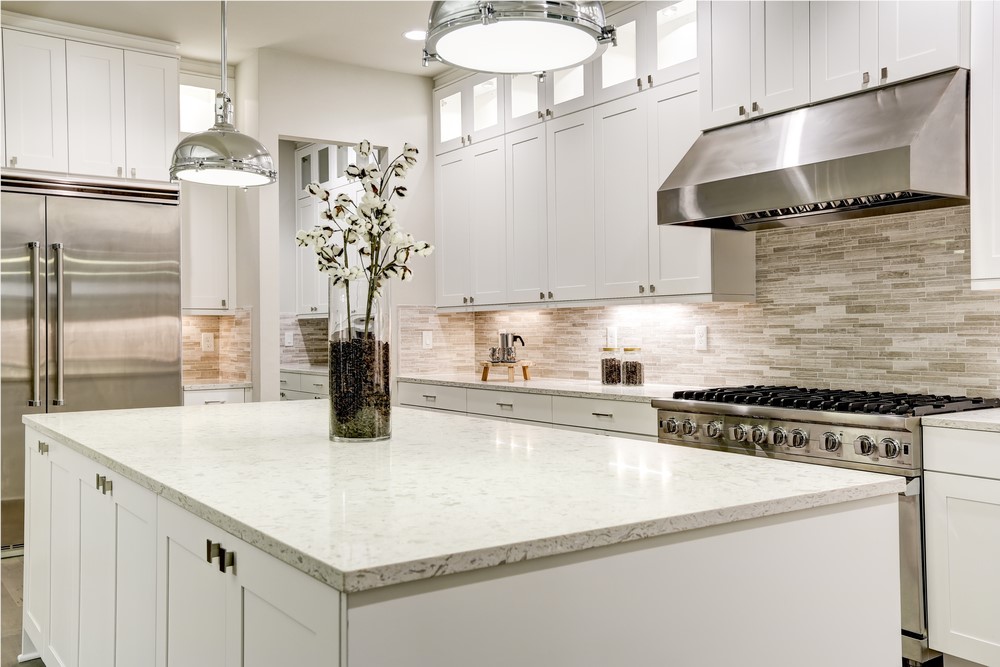When choosing a new exterior door, it pays to be specific. Small details regarding the hinges, the hardware, and other features will ultimately play a major role in determining the overall durability, security, energy efficiency, and visual appeal of the door. Doors can be a major vulnerability in a home, both in terms of safety and energy. Broadening your focus beyond the door material and color can help improve your home’s security, energy efficiency, and overall value.
Protective FinishesHaving a professional stain and finish can preserve your new exterior door for years to come. Exterior doors are continuously exposed to the elements. The right finish not only prolongs the beauty of your door, but extends its life as well. Finishes can prevent the door material from taking in more moisture, preventing rotting, warping, cracking, and other types of damage.
Durable HardwareThe hardware of a door, particularly handles and hinges, should be built to last. In homes, stainless steel and brass are the most common hinge materials for their durability. For the heavy doors used in businesses, however, fortified commercial or “heavy-duty” hinges are used, instead. In areas where moisture is a major seasonal factor, stainless steel is primarily used for its resistance to corrosion.
Security MeasuresTwo-thirds of all illegal entries are made through doors, calling for heightened attention to protect your family and belongings. Most door failures resulted from lower quality deadbolts and frames that split when a little force is applied. Impact resistant deadbolts, longer hinge screws, and strike plate reinforcers are some of the most effective devices for increasing a door’s security.
Weather strippingOne of the most effective ways of ending drafts and air leakage, weather stripping is a vital addition to any new exterior door. Weather stripping seals the edges of a home against, not only drafts, but dirt and humidity, maintaining a home’s cleanliness and interior climate. While weather stripping can be added on after a door is installed, it can also be built into the door for a cleaner overall look.
Energy Efficiency RatingsWhenever looking at new exterior doors, always choose one with an Energy Star designation. As a cover to a gaping hole in your house’s wall, doors can contribute significantly to energy efficiency. The material of the door, its frame, and any features that have contact with both the outdoor and indoor faces affect a door’s energy efficiency rating. In addition to protecting air from leaking around the edges of a door, energy efficient doors reduce the amount of radiant heat that escapes through the door itself. Insulated doors, including steel and fiberglass, perform very well in terms of energy savings.
Window InsertsDecorative window accents in an exterior door can add charm and class to your entryway. Fortunately, decorative inserts can be added while maintaining security and energy efficiency. Entry doors with windows also let in more light and can serve in place of a peep hole.
What details do you look for in new exterior doors?
Subscribe to Legacy Remodeling's Blog











Comments